When you think of fashion history, you don’t just remember the clothes-you remember the women who wore them. The most iconic female models didn’t just walk runways; they defined eras with their presence, their attitude, and above all, their signature looks. These weren’t random trends. Each one was a carefully crafted identity that stuck in the public imagination for decades.
Twiggy: The Girl Who Changed the Face of Modeling
In 1966, a 16-year-old Londoner named Lesley Hornby stunned the world with her wide eyes, thin frame, and short, boyish haircut. She became known as Twiggy-and instantly redefined beauty. Before her, models were tall, curvy, and mature. Twiggy was young, petite, and looked like a teenager. Her look wasn’t just a style-it was a cultural reset. She wore miniskirts, bold eyeliner, and pale lipstick. Her face, framed by lashes that looked like they’d been painted on with a fine brush, became the template for the ’60s mod aesthetic. Magazine covers sold out. Advertisers scrambled to copy her. By 1967, she was the highest-paid model in the world. Her signature look? Minimal makeup, oversized glasses, and a smile that looked like she just cracked a joke no one else got.
Naomi Campbell: Power, Poise, and the Perfect Pout
Naomi Campbell didn’t just walk the runway-she owned it. By the late ’80s, she was the first Black supermodel to grace the cover of French Vogue. Her signature look? A fierce, high-cheekboned face paired with a perfectly arched eyebrow and a lip that never moved from a soft, closed pout. She wore everything from Versace’s body-hugging dresses to Balmain’s structured shoulders, but her power came from how she carried herself: head high, shoulders back, gaze locked ahead. Her walk wasn’t just movement-it was a statement. She made the industry take notice that beauty wasn’t one-size-fits-all. Her signature look wasn’t about the clothes. It was about control. Every pose, every glance, every step was deliberate. Even today, when she appears on a red carpet in a sleek black gown and slicked-back hair, you know exactly who it is. That’s the power of a signature look that never fades.
Cindy Crawford: The Freckle That Broke the Mold
Cindy Crawford was the girl next door who turned into a global icon-not because she was perfect, but because she wasn’t. Her most recognizable feature? A single, perfectly placed mole above her lip. It wasn’t airbrushed away. It was celebrated. In an era when models were expected to be flawless, Cindy’s freckles, dimples, and muscular arms made her feel real. Her signature look? Denim cutoffs, a white tank top, and a headband. She made the ’90s supermodel aesthetic feel accessible. Her famous Pepsi commercial, where she ripped open her shirt to reveal a striped tank top, wasn’t just iconic-it was relatable. She didn’t need to be tall or skinny to dominate. She just needed to be herself. That mole? It became one of the most copied beauty marks in history. Women everywhere started drawing them on with eyeliner. Her look proved that authenticity beats perfection every time.
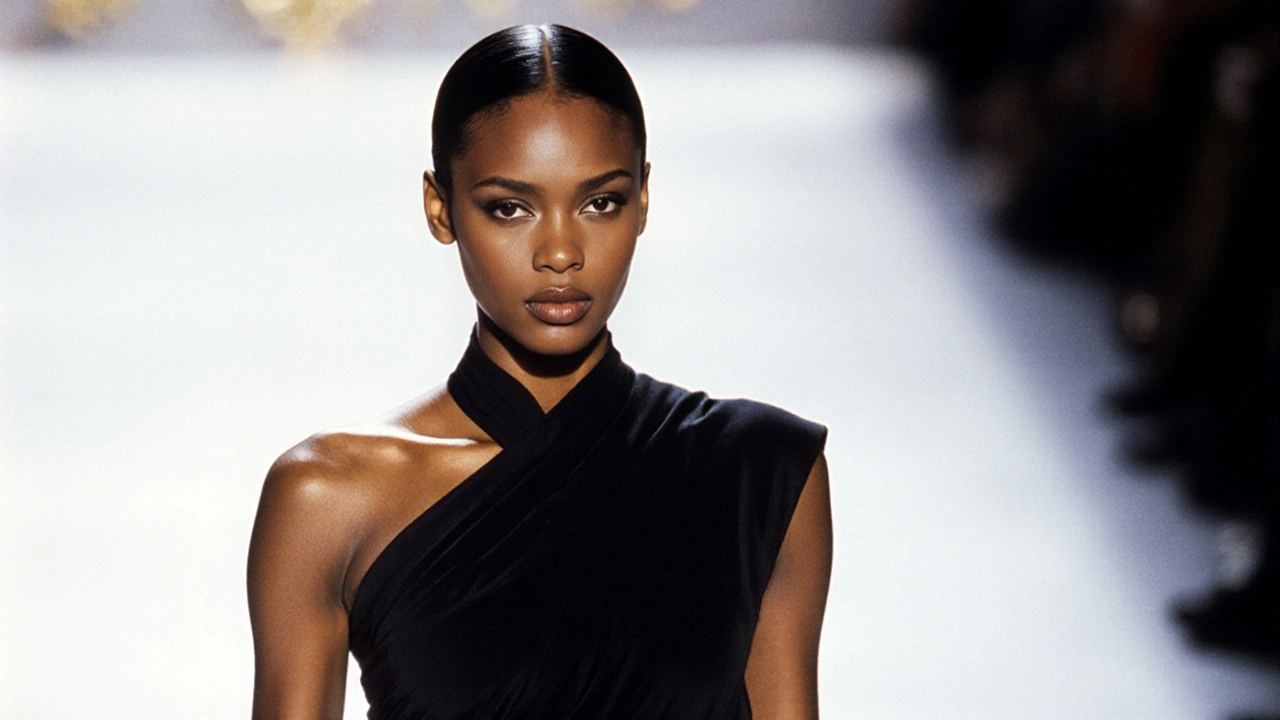
Kate Moss: Heroin Chic and the Art of Looking Tired
When Kate Moss walked for Calvin Klein in 1993, she didn’t look like a model. She looked like she’d just rolled out of bed at 3 a.m. with a cigarette in hand. Her look-thin, pale, and slightly disheveled-became known as ‘heroin chic.’ Critics called it unhealthy. Fans called it cool. She didn’t pose. She slouched. She didn’t smile. She stared. Her signature look? A messy bob, smudged eyeliner, and a leather jacket thrown over nothing. She made minimalism feel dangerous. Her style wasn’t about glamour-it was about rebellion. She didn’t need designer gowns to make headlines. A simple slip dress, bare feet, and a cigarette were enough. Her influence didn’t come from perfection. It came from imperfection. She made looking like you didn’t care look like the most powerful thing in the room. Even now, when someone says ‘effortless style,’ they’re thinking of Kate Moss.
Adriana Lima: The Brazilian Bombshell Who Owned the Catwalk
Adriana Lima didn’t just walk for Victoria’s Secret-she became the face of it. Her signature look? Curves that moved like liquid, golden skin, and lips that always looked painted with a hint of gloss. She didn’t just wear lingerie; she made it feel like armor. Her walk was slow, deliberate, and hypnotic. Her hair? Always long, always dark, always falling just right over one shoulder. She carried herself like she knew she was the reason everyone was watching. Her look wasn’t about being thin-it was about being powerful. She made curves desirable in a time when the industry still pushed for stick-thin figures. Her signature style? High heels, body-hugging silhouettes, and a gaze that could stop traffic. She didn’t need to say a word. Her presence did it all.
Gisele Bündchen: The Natural Queen of the Runway
Gisele Bündchen didn’t try to be anything but herself-and that’s why she became the highest-paid model in the world for over a decade. Her signature look? Tall, lean, and effortlessly natural. She had the kind of face that looked good in natural light. No heavy contouring. No sharp angles. Just smooth skin, wide-set eyes, and a smile that felt genuine. She wore everything from haute couture to yoga pants and made both look equally expensive. Her walk? Long, grounded, and calm. She didn’t rush. She didn’t pose. She just existed in the space, like she belonged there-which she did. Her style was quiet confidence. A simple white shirt, loose jeans, and bare feet. That was her uniform. She didn’t need glitter or drama. Her look said: I don’t have to prove anything. And that made her unforgettable.
Why Signature Looks Matter More Than Ever
In the age of Instagram filters and AI-generated faces, the idea of a signature look might seem outdated. But it’s actually more important than ever. When everyone looks the same online, the ones who stand out are the ones who have something real to show. The models who defined fashion didn’t rely on trends. They built identities. Their looks weren’t just about hair or makeup. They were about attitude, confidence, and a refusal to conform. Today’s aspiring models don’t need to copy Twiggy’s eyeliner or Kate Moss’s messy hair. But they do need to ask themselves: What makes me different? What’s the one thing people will remember about me when they close their eyes? That’s the real signature look.
What You Can Learn From Their Styles
- Don’t chase perfection-find your flaw and own it. Cindy Crawford’s mole didn’t ruin her; it made her legendary.
- Confidence beats clothing. Naomi Campbell didn’t need the most expensive dress. She just needed to walk like she owned the room.
- Less is more. Kate Moss proved that a simple look, worn with attitude, can outlast a thousand runway outfits.
- Your look evolves, but your essence doesn’t. Gisele’s style changed over 20 years, but her calm, grounded energy never did.
- Signature looks aren’t about what you wear-they’re about how you carry yourself.
What makes a model’s look "signature"?
A signature look is more than a hairstyle or makeup trend-it’s a consistent, recognizable combination of features, attitude, and style that becomes instantly associated with the person. Think of Twiggy’s eyeliner or Cindy Crawford’s mole. These weren’t random choices. They were repeated, intentional elements that defined how the public saw them. A signature look sticks because it feels authentic, not manufactured.
Can a model have more than one signature look?
Yes, but it’s rare. Most models build their identity around one dominant look. Gisele Bündchen, for example, had a consistent vibe of natural elegance throughout her career-even as her hair length and wardrobe changed. Some models shift styles dramatically, like Naomi Campbell, who moved from fierce runway looks to softer, elegant red-carpet styles. But even then, their core presence-how they carry themselves-stays the same. The signature isn’t the outfit. It’s the energy behind it.
Why do some models become icons while others don’t?
It’s not just about how they look. It’s about how they made people feel. Twiggy made youth feel powerful. Kate Moss made rebellion feel beautiful. Cindy Crawford made imperfection feel desirable. The models who became icons didn’t just sell products-they sold a feeling, a mood, a version of identity that people wanted to be part of. They turned fashion into something personal.
Do modern models have signature looks like the supermodels of the ’90s?
Absolutely-but they’re different. Today’s models often build their identity through social media. Bella Hadid’s sharp cheekbones and minimalist style, or Kaia Gerber’s classic, clean aesthetic, are modern equivalents. The difference? They don’t need Vogue covers to be known. A single Instagram post can cement a look. But the core idea is the same: consistency, authenticity, and a distinct point of view.
Can I develop my own signature look as a model?
Yes, but it takes time and self-awareness. Start by asking: What features do I naturally stand out for? Is it my eyes? My smile? My posture? Then test how you present them-through makeup, hair, clothing, and attitude. Don’t copy trends. Notice what people comment on. What do photographers always say you do well? That’s your starting point. Your signature look isn’t something you design-it’s something you discover.
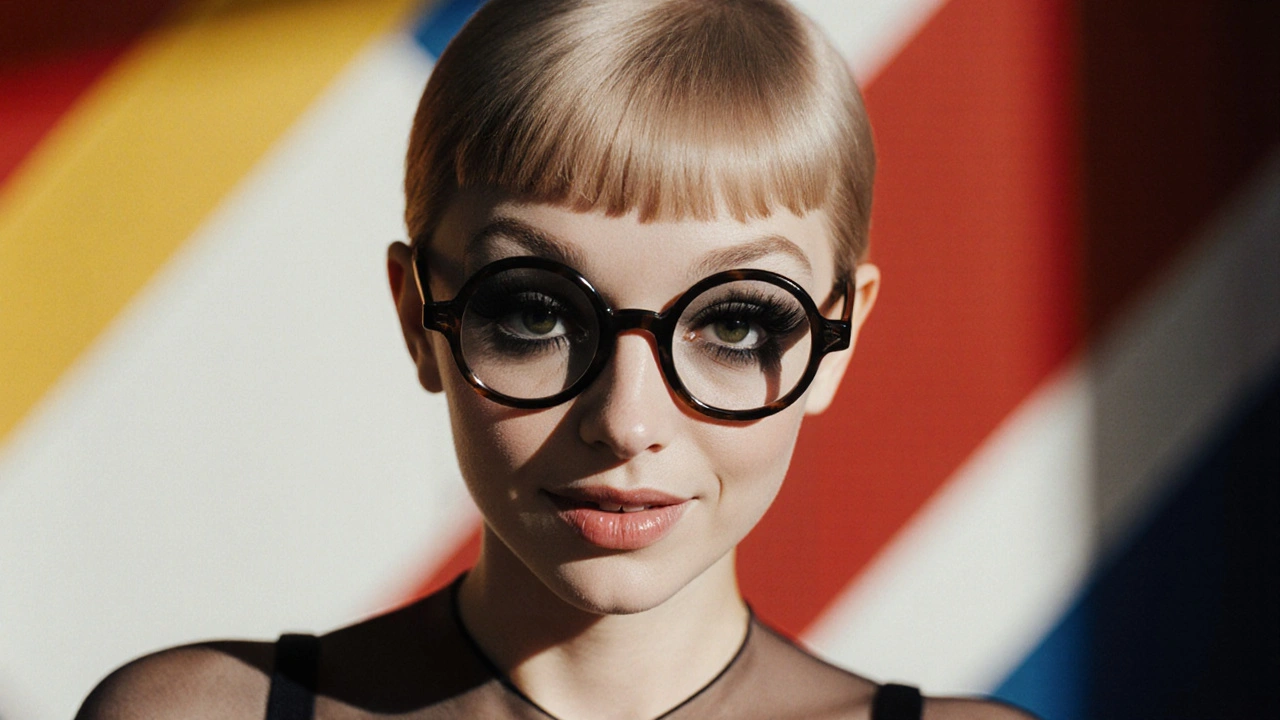
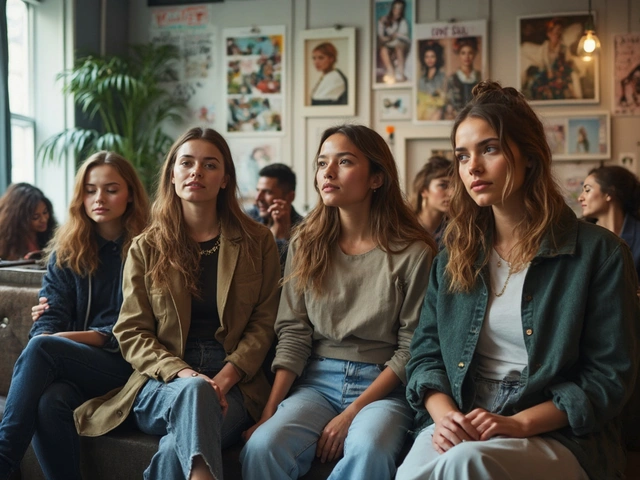
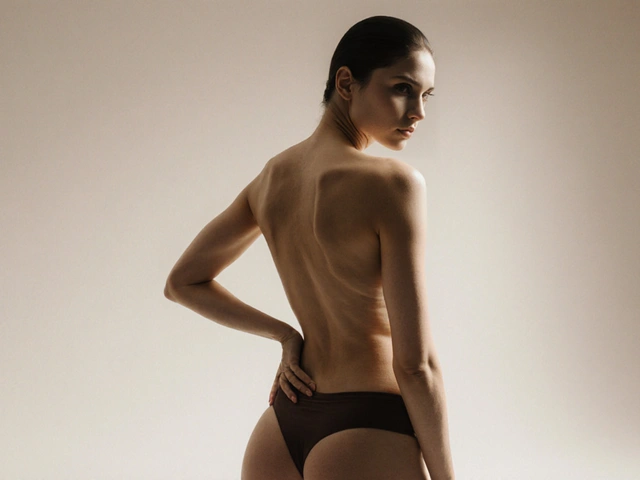


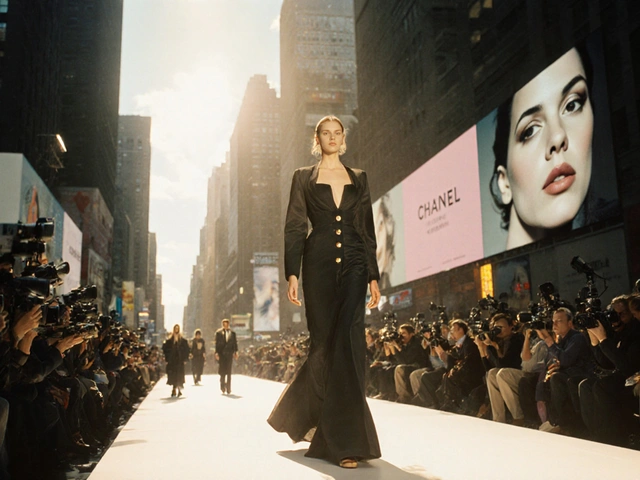
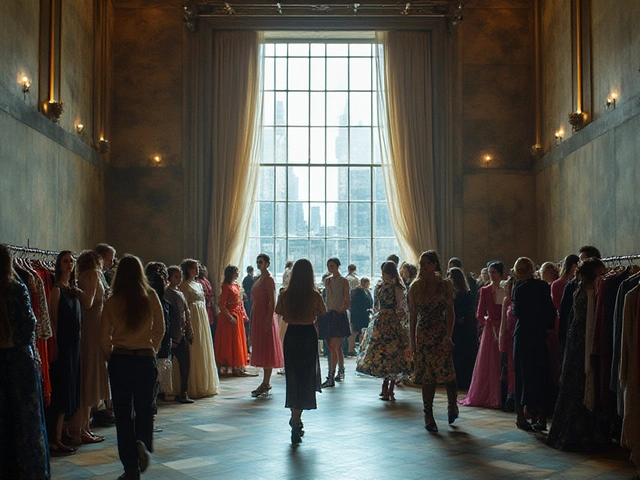
November 6, 2025 AT 07:50
Rebecca Putman
Twiggy was the OG vibe check 💥 I still use her eyeliner trick when I want to feel like I’m in a 60s movie. Also, her smile? Pure chaos and charm. We need more of that today.
November 7, 2025 AT 10:47
jasmine grover
It’s fascinating how each of these women didn’t just embody a look-they redefined the very architecture of beauty standards in their respective eras. Consider that Twiggy’s petite frame and androgynous features directly challenged the hourglass ideal that had dominated postwar fashion; her success wasn’t merely a trend, but a systemic disruption in the modeling industry’s hierarchy. Similarly, Cindy Crawford’s mole wasn’t just a facial feature-it was a deliberate rejection of airbrushed homogeneity, and its cultural resonance extended far beyond magazine covers into the realm of everyday self-perception, where women began to see imperfection not as a flaw but as a signature of authenticity. Even today, when algorithms push homogenized aesthetics, their legacies serve as quiet rebellions against conformity.
November 7, 2025 AT 15:43
Jasmine Hill
Y’all are romanticizing these women like they’re saints, but let’s be real-Twiggy was anorexic, Kate Moss was addicted to drugs, and Naomi? She once punched a photographer. The industry didn’t celebrate their ‘authenticity’-it exploited their pain and called it ‘cool.’ And now we’re all just mimicking trauma as a fashion statement? 😒
November 9, 2025 AT 14:21
Aubrie Froisland
Love this breakdown. Gisele’s quiet confidence is what I aim for every morning. No filters, no poses-just showing up as yourself. Also, that mole thing? I drew one on my face last week. My boyfriend asked if I was okay. I told him I was channeling Cindy. He just sighed and made coffee. 🤷♀️
November 11, 2025 AT 06:19
Fred Lucas
While the article is broadly accurate, it fails to acknowledge the historical context of ‘heroin chic’ as a direct result of the 1990s’ economic and cultural malaise-indeed, the aesthetic was not merely a stylistic choice, but a symptom of societal decay. Furthermore, the conflation of ‘signature look’ with ‘personal identity’ is semantically imprecise; one is a construct, the other an essence. And-forgive me-the use of ‘bombshell’ to describe Adriana Lima is both reductive and objectifying.
November 11, 2025 AT 21:00
Martha Lorini
These women were all white except Naomi and Adriana. And even then, they were the ‘acceptable’ kind of Black and Brazilian-thin, polished, and palatable to Western audiences. The real question is why we don’t talk about the dark-skinned models who were never given the chance to be ‘iconic’
November 12, 2025 AT 17:29
Logan Gibson
Look, I get it. These ladies were ‘iconic.’ But let’s be honest-none of them could’ve made it today. Instagram’s algorithm hates real skin, real curves, real tired eyes. You need 10K followers and a filter that makes your nose look like a pencil sketch. This whole article is just nostalgia porn for people who miss when models were actual humans instead of AI-generated ads.
November 13, 2025 AT 01:50
Manoj Kumar
Actually, the term ‘heroin chic’ is misused here-it was never officially coined by Calvin Klein or the media until after the fact, and its association with Kate Moss is largely retrospective. Also, the mole on Cindy Crawford’s lip was not ‘perfectly placed’-it was a nevus, and its visibility was due to poor retouching, not intentional celebration. And as for Twiggy, her height was 5’9’, which is actually above average for women in the 1960s-so calling her ‘petite’ is inaccurate.
November 14, 2025 AT 04:43
ervin andriana taufik
Bro… Kate Moss looked like she lost a fight with a wind machine 😭 and we called it cool? The industry is a circus.
November 15, 2025 AT 05:35
Matt Basler
Y’all are overthinking this. The real lesson? Be you. Even if you got freckles, crooked teeth, or walk like you just woke up-own it. That’s how legends are made. No filter needed. 🙌